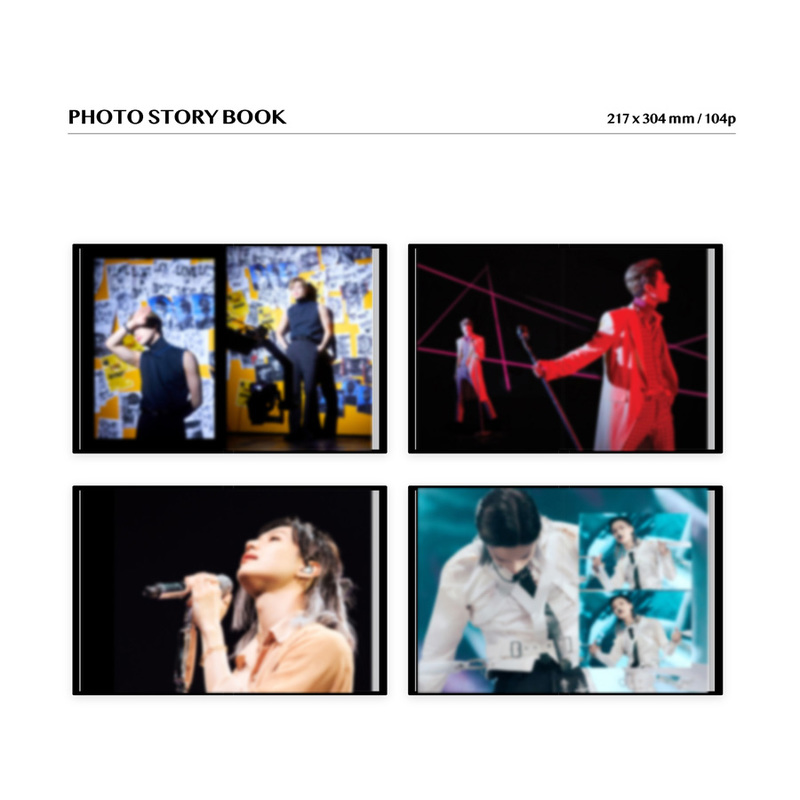

Megan, Year 9īook requests have a name plate placed in the front of the book identifying the student who requested it. When a book I have requested arrives I feel amazing. Requested books have a high level of buy-in from the students, and student-selected books have a higher circulation rate compared to staff-selected books. ‘Students often come into the library to check on the status of their request, and are thrilled when they are ready to borrow,’ Pollock says. There is strong community support for the library, and many students have already heard of the student request program before starting high school. Library Administrator Rhani Pollock says: ‘Being able to directly request books related to their personal interests creates a real buzz amongst students, and they are really excited for their books to arrive.’ The goal of using student-led collection development is to enhance student connection to the library and to increase borrowing and literacy engagement. Patron-driven acquisitions are common in academic libraries for purchasing of research articles, but few libraries currently use the technique to shape their physical collection. Under the program students are able to directly request books for purchase, and can nominate to have the book reserved for them when it arrives.

The student-led collection development policy was first trialled in 2018, and was so successful that it has become the library’s primary method of resource acquisition. If you're using Bob Books, publish your book in the online Bob Bookshop (for free!) and pass around copies to your friends and family.At Melba Copland Secondary School in Canberra, the library has been improving students' connection to recreational reading through an innovative program that allows students to select the books the library purchases. When the book is ready and you've hit the order button, now it's time to share your hard work. Opt for a classic font and make sure it is legible, but that it doesn't overpower your images. Captions, locations, names, dates and other details can enrich your book and keep the story flowing. Some photobooks really benefit from a bit of text – is there a story behind your photos? There's no limit to where you put it and how much you can add.

This will keep it interesting and cohesive. Find a set of 4-8 different page layouts that work well together, and use them throughout your book. Photobook publishers offer lots of themed layouts, and you can usually design your own themes too. It could make sense to show just one image per page if you are designing a portfolio book, but you might want something a little more dynamic. Let your star images shine by giving them a page or a spread of their own. While a photo collage can be a fun way to show off your 'outtakes', if you're putting more than 6-8 photos on a page, you are going to struggle to see each of the images. While there is no limit to the number of images you can put on each page, there is probably a limit to how many photos you should put on a page. Take note of how fonts and layouts have been used in the books. Look online, and at the photo book section in your local bookstore or library. Look through other books taking note of designs you like.
Photostory books code#
Bob Books has some really helpful (short) video tutorials that are a great place to start (and you can get 10% off your order with our exclusive discount code WANDERLUST).ĭon't be afraid to borrow design ideas. But help is usually at hand – most publishers have a forum or help desk, staffed by people who can answer your questions quickly.
Photostory books software#
Most publisher's design software is intuitive, but if you aren't a technical genius it can take a bit of practice.

Many companies also offer bespoke design services, although often for a fee. Some also let you use traditional design software – such as Adobe InDesign – on their site too. Online photobook publishers offer their own simple software – usually for free. Which type of book suits your project? Whichever publishing platform you use, you'll find a huge variety of hardback and paperback options, with different paper types and sizes to choose from. You'll enjoy the book-making process so much more if you photos are all ready and you can concentrate on the layouts and design. Warning: this can be tough! Save them together for easy access when designing. How are you going to tell your story? What is the reason for making this book? Sort this out first, and you'll give your project direction. Every book should have a beginning, middle and end.


 0 kommentar(er)
0 kommentar(er)
